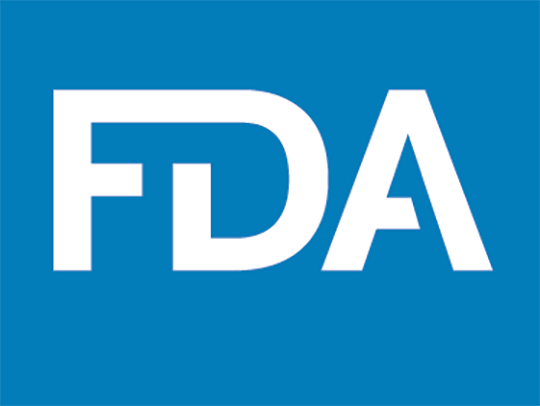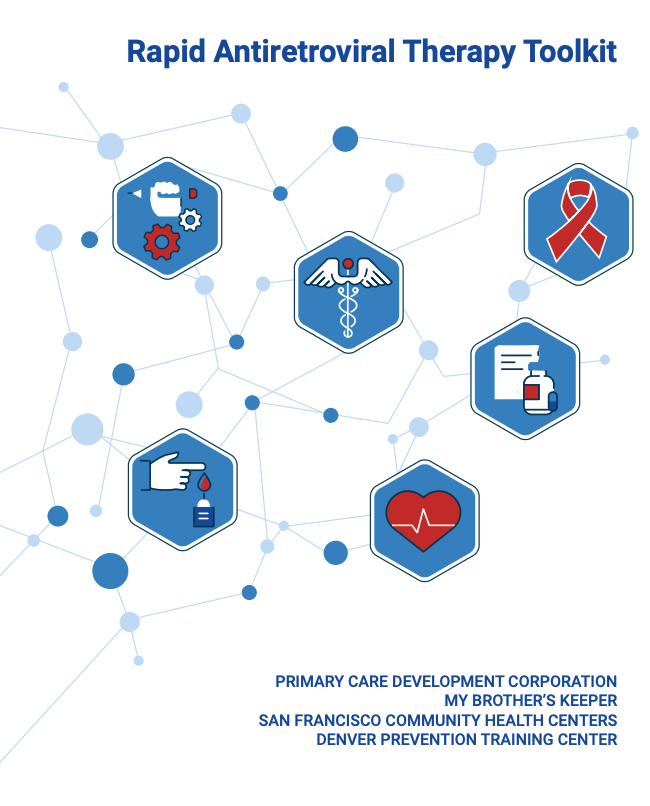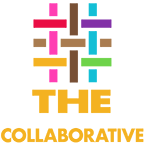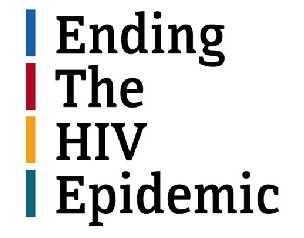Cross-posted from FDA News Release
FDA Finalizes Move to Recommend Individual Risk Assessment to Determine Eligibility for Blood Donations

Today, the U.S. Food and Drug Administration finalized recommendations for assessing blood donor eligibility using a set of individual risk-based questions to reduce the risk of transfusion-transmitted HIV. These questions will be the same for every donor, regardless of sexual orientation, sex or gender. Blood establishments may now implement these recommendations by revising their donor history questionnaires and procedures.
This updated policy is based on the best available scientific evidence and is in line with policies in place in countries like the United Kingdom and Canada. It will potentially expand the number of people eligible to donate blood, while also maintaining the appropriate safeguards to protect the safety of the blood supply.
These final recommendations are consistent with the policy initially proposed in January. The FDA worked diligently to review and consider all comments submitted to the agency to finalize these recommendations as quickly as possible.
“The FDA has worked diligently to evaluate our policies and ensure we had the scientific evidence to support individual risk assessment for donor eligibility while maintaining appropriate safeguards to protect recipients of blood products. The implementation of these recommendations will represent a significant milestone for the agency and the LGBTQI+ community,” said Peter Marks, M.D., PhD., director of the FDA’s Center for Biologics Evaluation and Research. “The FDA is committed to working closely with the blood collection industry to help ensure timely implementation of the new recommendations and we will continue to monitor the safety of the blood supply once this individual risk-based approach is in place.”
This policy eliminates time-based deferrals and screening questions specific to men who have sex with men (MSM) and women who have sex with MSM. Under the final guidance issued today, all prospective blood donors will answer a series of individual, risk-based questions to determine eligibility. All prospective donors who report having a new sexual partner, or more than one sexual partner in the past three months, and anal sex in the past three months, would be deferred to reduce the likelihood of donations by individuals with new or recent HIV infection who may be in the window period for detection of HIV by nucleic acid testing.
Additionally, under these final recommendations, those taking medications to treat or prevent HIV infection (e.g., antiretroviral therapy (ART), pre-exposure prophylaxis (PrEP) and post-exposure prophylaxis (PEP)), will also be deferred. Though these antiretroviral drugs are safe, effective, and an important public health tool, the available data demonstrate that their use may delay detection of HIV by currently licensed screening tests for blood donations, which may potentially give false negative results. Although HIV is not transmitted sexually by individuals with undetectable viral levels, this does not apply to transfusion transmission of HIV because a blood transfusion is administered intravenously, and a transfusion involves a large volume of blood compared to exposure with sexual contact. As stated in the guidance, individuals should not stop taking their prescribed medications, including PrEP, or PEP, in order to donate blood. The FDA remains committed to evaluating additional data and new technological developments as they become available to inform our donor eligibility recommendations.
The FDA has been evaluating alternatives to time-based deferrals for MSM and helping to facilitate the generation of scientific evidence that would support an individual risk based- assessment blood donor questionnaire. This scientific information has given the agency a solid foundation to support this new policy. The FDA strongly believes the implementation of an individual risk-based approach will not adversely affect the safety or availability of the U.S. blood supply.
The FDA carefully reviewed numerous data sources, including data from countries with similar HIV epidemiology that have implemented an individual risk-based approach for assessing donor eligibility, surveillance information obtained from the Transfusion Transmissible Infections Monitoring System, performance characteristics of nucleic acid testing for HIV and the FDA-funded Assessing Donor Variability And New Concepts in Eligibility (Exit Disclaimer) study. The ADVANCE study examined the rates of HIV risk factors, such as anal sex and rates of HIV infection, as well as the usage of medications to treat or prevent HIV infection, among MSM study participants.
Related Information



 [On April 27] the Health Resources and Services Administration (HRSA), an agency of the Department of Health and Human Services (HHS), awarded more than $147 million to 49 recipients to advance the
[On April 27] the Health Resources and Services Administration (HRSA), an agency of the Department of Health and Human Services (HHS), awarded more than $147 million to 49 recipients to advance the